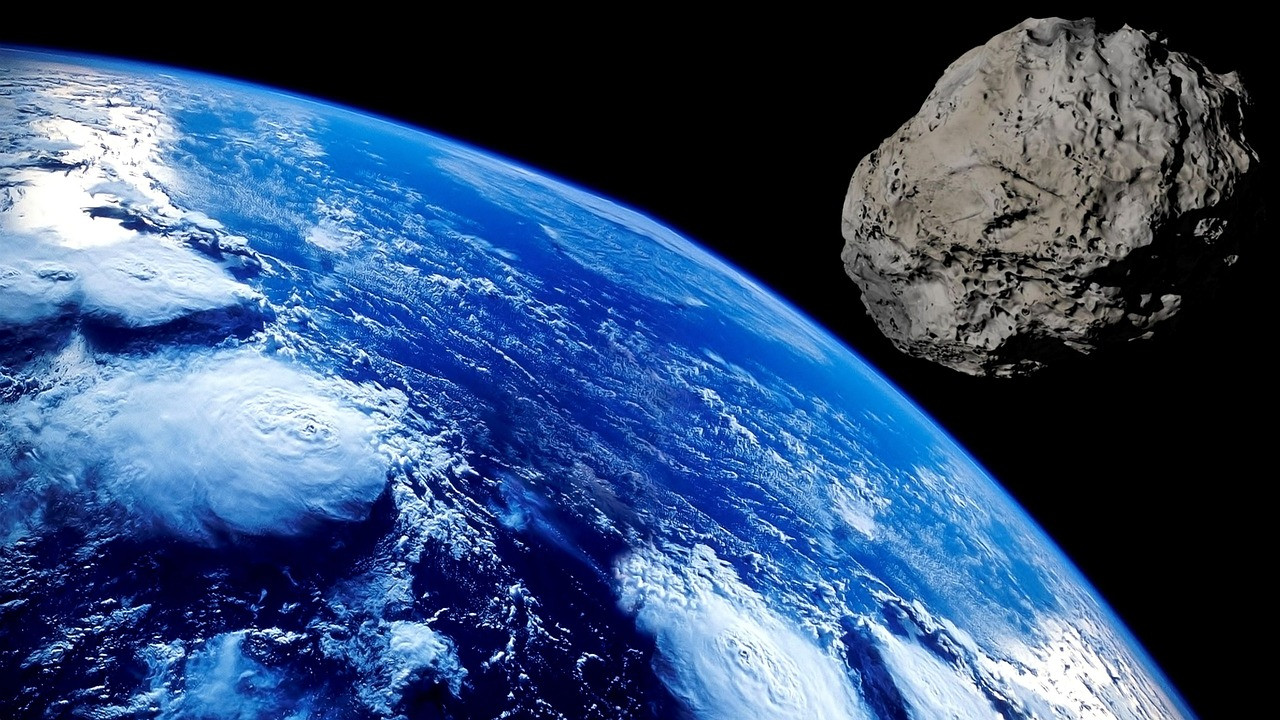An asteroid the size of a football stadium passed between the Earth and the Moon, ahead of the anniversary of the Tunguska meteorite impact

On 29 June, Saturday morning, an asteroid called 2024 MK, the size of a football field, passed between the Earth and the Moon - the second close pass in 3 days. The term "close pass" is relative here: asteroid 2024 MK approached Earth at a distance of about 290,000 kilometres. At the same time on Thursday, asteroid 2011 UL21 passed at a distance of 6.5 million kilometres.
Here's What We Know
The passage of asteroid 2024 MK on Saturday is a reminder of potential threats from space. 30 June, Sunday, marked Asteroid Day, the anniversary of the Tunguska meteorite in 1908. The kind of danger that astronomers warn about is always lurking in the space through which the Earth moves....
In 2013, an asteroid about 19 metres in diameter that exploded about 32 kilometres above Siberia released 30 times more energy than the atomic bomb dropped on Hiroshima. Most of the impact energy was absorbed by the atmosphere, but the explosion caused a shockwave that shattered windows and injured more than a thousand people.
Assuming that if asteroid 2024 MK had hit Earth, the impact energy would have been equivalent to hundreds of megatons, approaching one gigatonne, according to Peter Brown, a scientist at Canada Western University. By comparison, most hydrogen bombs have a yield of about 50 megatons. Peter Brown noted that if this asteroid were to hit the east coast of the United States, it would cause catastrophic effects on it. But its size is not enough to affect the entire planet.
It is also reported that the asteroid that flew by on 27 June, though at a safe distance from Earth, was the size of Mount Everest. With a diameter of 2.4 kilometres, this asteroid was about a quarter of the size of the asteroid that hit Earth 65 million years ago, wiping out all the dinosaurs and most of the life on the planet. However, the risk of a collision of this nature is "very, very low".
NASA estimates that a civilisation-killing event (such as an Everest-sized asteroid colliding with Earth) could happen only once every few million years. And a collision with an asteroid 800 metres in diameter or larger would be virtually impossible for a very long time.
Source: KTLA